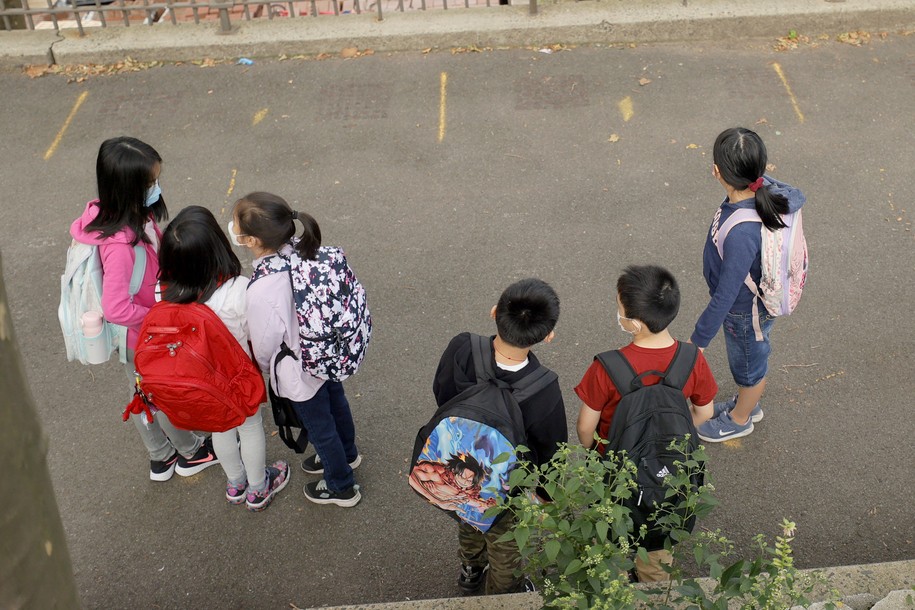The pandemic compelled one other 275,000 girls out of the U.S. labor pressure in January, worsening the catastrophic employment crisis for working girls.
Ladies accounted for nearly 80% of U.S. adults who stopped working or on the lookout for work final month, in accordance with an evaluation of Friday’s jobs report by the Nationwide Ladies’s Legislation Middle. Greater than 2.3 million girls have now left the labor force since final February. (The pandemic has had a lesser affect on males, regardless that they outnumber girls within the U.S. labor pressure; almost 1.8 million males have stopped working or on the lookout for work since February 2020, in accordance with the NWLC.)
Working girls have now misplaced greater than three many years of labor pressure good points in lower than a 12 months, as we report within the new issue of Fortune. The continued employment disaster, which is carefully aligned with a widespread caregiving crisis, has particularly damage the ladies of colour who disproportionately work in eating places, retail, schooling, well being care, and different “important” industries. These staff, who are sometimes paid very low wages, not often have the choice of working remotely and making an attempt to schedule their paid work round distant studying and different childcare duties.
“For this whole time, girls of colour have been bearing the brunt of this disaster,” says Jasmine Tucker, director of analysis on the NWLC. “If white males’s unemployment charges have been as excessive as Black and Latina girls’s, we might have accomplished one thing about it already.”
Whereas the general unemployment price fell to six.3% in January, it rose to eight.5% for Black girls age 20 and older, the U.S. Labor Division reported Friday. The unemployment price remained even higher, if barely higher than in December, for Latina girls (8.8%)—however fell to a better-than-average 5.5% for white males and 5.1% for white girls.
The most recent authorities jobs report, which displays final month’s presidential transition, additionally underscores simply how a lot work stays for President Joe Biden to handle the pandemic and its ongoing financial fallout. The halting rollout of COVID-19 vaccines has but to permit widespread faculty reopenings, whereas the continued shutdowns of bars and eating places and different employers depending on in-person clients have led many such companies to shut up store completely. Employers in leisure and hospitality, retail, and well being care all shed jobs in January, the federal government reported Friday.
The U.S. economic system gained a web 49,000 jobs in January—and, in a reversal from last month’s headlines, girls as a bunch accounted for all of these good points. However the middling uptick mirrored little precise progress for the U.S. economic system or for girls’s employment. Additionally on Friday, the federal government revised its earlier estimates of December job losses, concluding that the U.S. economic system had truly misplaced a web 227,000 jobs that month—even worse than the 140,000 losses it initially reported in January.
Ladies as a bunch at the moment are estimated to have misplaced 196,000 jobs in December, 25.6% greater than the 156,000 losses initially reported. However because the authorities now estimates that males as a bunch additionally misplaced jobs in December, girls not account for 100% of December’s losses, in accordance with the NWLC’s evaluation of the revised knowledge. Now they account for 86.3% of that month’s employment injury.
“It’s bleak. It’s all simply bleak,” Tucker says. “There’s ache throughout the board, however girls are undoubtedly bearing the brunt.”
Labor economists and coverage consultants are hopeful that President Biden’s sweeping $1.9 trillion COVID-19 aid plan, and its proposals round paid depart and childcare help, might assist alleviate a few of this ache. The plan has but to go Congress; a lot of it advanced in an early-Friday Senate vote, though with out help for a federal minimum-wage enhance that may disproportionately affect girls of colour.
However Tucker is one in all many consultants worrying that the long-term financial injury to girls is already done. “Individuals assume that recessions are non permanent, however they’re not. The hurt of this extends past when you’ve got misplaced your job,” she says.
Some economists estimate that the pandemic will trigger the gender wage hole to widen by five percentage points. And Tucker fears that ladies of colour will, once more, be notably susceptible to lowered wages and worsened job high quality when the pandemic ends and employers do begin hiring once more.
“Employers can choose and select who they’ll rent again, and I don’t assume we’re going to love who they’re going to select,” she says. “It’s not going to be girls of colour.”
Extra on the most powerful women in business from Fortune:
- 5 steps the U.S. authorities might take to tackle the crisis facing working women
- Treasury Secretary Janet Yellen: The most prepared woman in Washington
- Almost 80% of the 346,000 workers who vanished from the U.S. labor force in January are girls
- The pandemic has derailed girls’s careers and livelihoods. Is America giving up on them?
- What’s preserving males from doing extra at house? Actual caregiving experience




